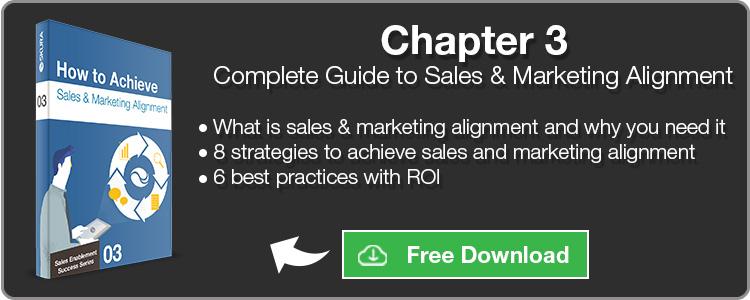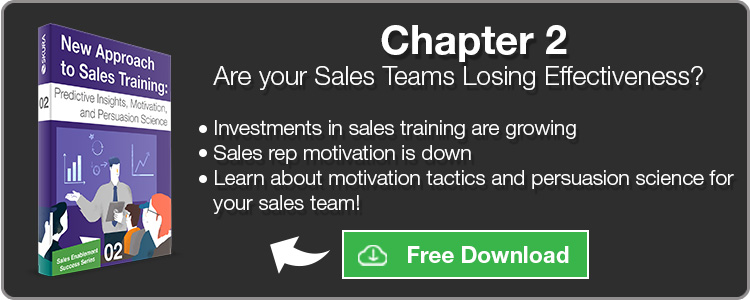As interest and investment in account based marketing (ABM) grows throughout 2016, many are undoubtedly asking the question – how do I implement an account based marketing strategy?
As with any marketing approach, tactical decisions influence the effectiveness of an ABM strategy.
Today’s article explores the 5-steps for successfully implementing an ABM strategy.
Click Here to learn about the recent resurgence of account based marketing, and why it spiked in 2015.
Click Here to learn about the top 5 reasons you should be using an account based marketing strategy.
Click Here to learn when account based marketing is an appropriate strategy for the sales process.
Click Here to see the 5 problems with adopting an account based marketing (ABM) approach.
In our search for an ABM implementation strategy we came across several lists, some as long as 11 items, and others as short as 3. Hyperlinks for these sources can be found at the end of this article.
There were strong similarities between all of the approaches, so we defined the Five D’s of account based marketing.
We also noted that the sales stack plays a big role in ABM, and we were able to align sales stack tools to each implementation step for ABM. Click Here to see the 5 essential components of a sales stack. Be careful not to mistake sales stack with martech paltforms that support ABM. Here's a seperate list of available ABM martech solutions.
The Five D’s of Account Based Marketing

How to implement account based marketing:
1) Define
The first step in implementing ABM into your digital sales process is defining your ideal ABM accounts. Your decision criteria needs to be both objective and collaborative between sales and marketing.
There’s no limit to the criteria used for defining an ideal ABM target. Some examples include,
- Revenue potential;
- Likelihood of renewal;
- Strategic importance, such as a key account in a specific geographic region;
- Ideal target industry, like pharmaceuticals;
- Specific account needs, such as regulatory compliance.
In essence, you’re creating the ideal persona.
The next step is to verify that your ‘ideal’ persona aligns with the characteristics of your current high value customers.
Remember, even though ABM is revitalizing outbound new-business lead generation, current accounts are just as – if not more – appropriate for the defined list.
Sales Technology – CRM and Sales Analytics
2) Discover
With your defined criteria in hand, begin listing your ideal target accounts. If you’re just starting with ABM, you’ll want to focus on Tier-1 targets until you’ve built out a scalable process to your ABM.
There’s no reason to limit an ABM approach, but there are dangers to adopting ABM too quickly.
Step 1 is filter out your ideal prospect accounts.
There are many options for building your account list:
- Talk with sales and marketing together for an experience-based perspective;
- Review your CRM and sales analytics for a data-driven perspective;
- Purchase an account list for an outside perspective;
- Research and define your own accounts for a fresh perspective.
Step 2 is to begin mapping and identifying the key people that make up the account. At this stage you’re creating personas, determining ideal channels, outlining needs and pain points, discussing past interactions, and enriching the quality of data surrounding key people.
As you discover and map your account makeup, your ABM strategy will begin to take shape.
Sales Technology – CRM and Lead Generation/Profile Insight Tools
3) Develop
Successful ABM implementation requires tailored digital sales content for both the account and the key people mapped in the previous step.
First, create an engagement plan for the account. The makeup of this plan will vary depending on whether the account is already a client, or a new lead. Your plan may involve further nurturing and information gathering, sales presentation talking points, or post sale development.
You should plan digital content that can be applied across the sales process and for a variety of specific goals and objectives. This may include a personalized whitepaper, a custom assessment of the account, studies for their industry or geographic region, personalized ads, custom branded landing pages, and anything that could be defined as ‘marketing to an audience of one.’
Once content and objectives are aligned, you can begin to formulate playbooks and distribute relevant content to your sales force. Digital sales content management software will help simplify this step of the process.
Finally, establish a process for handling new leads from the existing account. If an account is large enough, it’s likely that many actors will engage your brand. In order to maximize the potential of this strategy, a specific ‘account handling process’ should be defined.
Sales Technology – CRM, Profile Insights Tool, and Sales Enablement
4) Deploy
With account details in hand, engagement strategy on paper, and digital content ready to go, the ABM strategy can be executed.
Coordinate both outbound and inbound programs across your ABM implementation. Target each persona with different messaging and channels, and work closely with other sales and marketing resources to deliver a consistent brand voice.
Most importantly, be prepared to commit. Joe Miller, co-founder of Engagio, suggests switching no more than 25% of your ABM targets each quarter.
Sales Technology – CRM, Sales Enablement, and Email Cadence Tool
5) Data
The most important step is analyzing the data. ABM, like inbound content marketing, requires steady improvement over time. There is no perfect formula.
You’ll want to determine the ROI from your activities, including buyer awareness, sales funnel progression, communications effectiveness, win rates, retention, etc.
This is where poor ABM implementation can create problems. Before scaling an ABM strategy, case studies and tested processes are a must-have.
Sales Technology – CRM, Sales Enablement, and Data Tools
Implementing an effective ABM program means having the right set of enabling technologies for end-to-end coordination and communication. If you’re looking to implement an ABM strategy this year, request a demo and let our sales specialists show you just how easy coordinated ABM can be with the best sales enablement solution.
Account Based Marketing Best Practices
ABM strategy is popular among large corporations, yet as smaller players adopt this innovative approach with technology enablement, many are looking for best practices and tactics to replicate success.
In our next article, we’ll explore the best practices and tactics for an effective ABM implementation.
Links to Other ABM Implementation Resources
3-steps from MarketingLand - June 2015
6-steps from Marketo - September 2015
8-steps from SearchCRM - January 2016
3-steps from ChiefMarTec - April 2016
How to get started with ABM from PropelGrowth - April 2016













